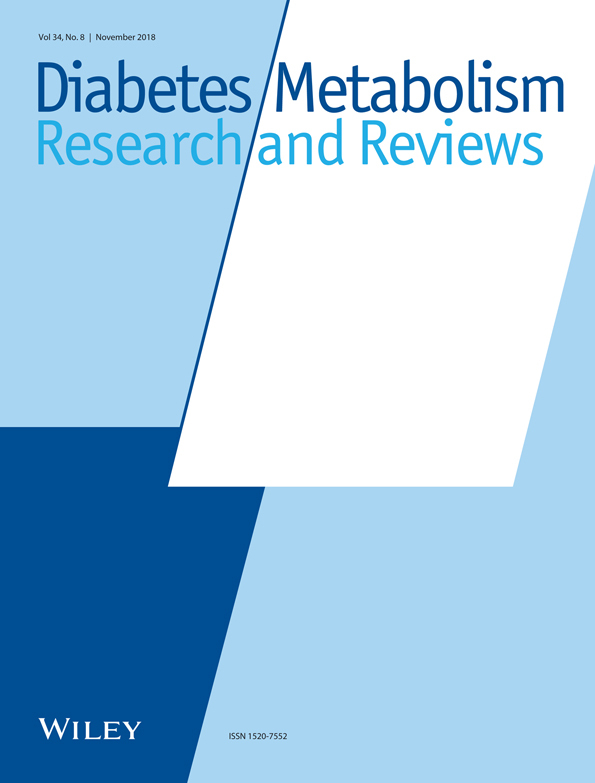Minimally important difference and predictors of change in quality of life in type 2 diabetes: A community-based survey in China
Abstract
Background
To identify the minimally important difference (MID) of the EQ-5D-3L and determinants of change in quality of life (QoL) as measured by the EQ-5D-3L over 1 year for Chinese type 2 diabetic patients (T2DPs).
Methods
Clinically diagnosed T2DPs were recruited from 66 community health centres in five Chinese cities using a multistage quota sampling method between December 2010 and October 2011. Demographics, diabetes-related information, and health-related behaviours were collected at baseline. The EQ-5D-3L was administered at baseline and at 12 months. Anchor-based and distribution-based approaches were employed to estimate MIDs. Using the MIDs as cut-points, we identified the change in EQ-5D-3L-measured QoL into “worsening,” “no change,” and “bettering.” Logistic and ordered logistic regressions were conducted for those who reported best possible EQ-5D health state (“best possible HS”) and impaired EQ-5D health states (“impaired HS”) at baseline, respectively. Explanatory variables included demographics, diabetes-related information, and health-related behaviours.
Results
A total of 1958 patients (54.9% female, mean age 61.2 years, mean diabetes duration 7.9 years) were included in our analysis. MIDs of the EQ-5D-3L for deterioration and improvement were estimated as −0.066 to −0.003, and 0.049 to 0.077, respectively. For the impaired HS group, older age, lower education, and less exercise were significant predictors for worsening in QoL; whereas, those predictors were older age, female gender, and lower income for the best possible HS group.
Conclusions
Minimally important differences for deterioration and improvement were estimated for the EQ-5D-3L. Age, gender, education, income, and exercise were significant determinants of QoL change for Chinese T2DPs.




